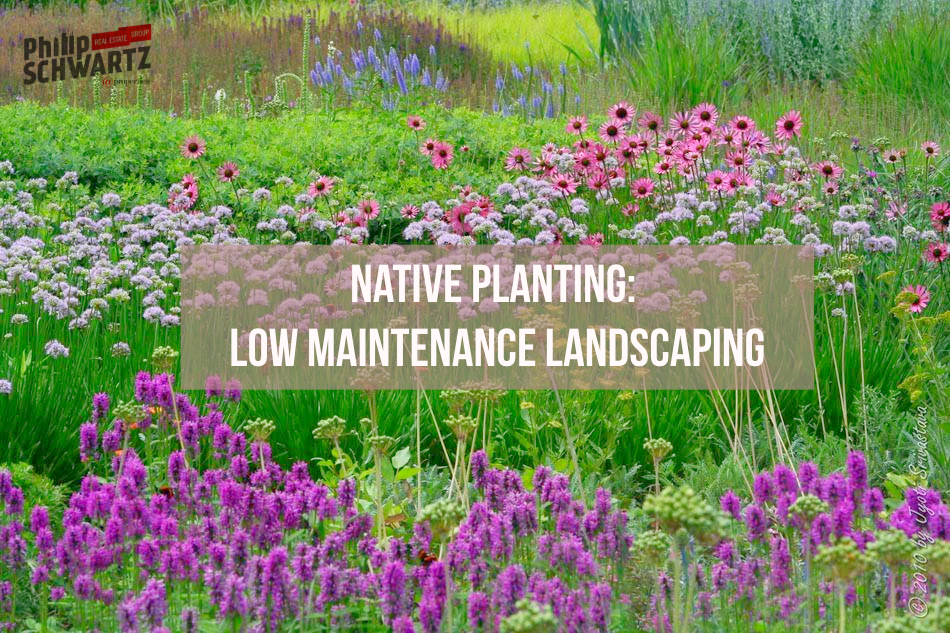What’s the Difference Between Native Plants and Weeds?
Native plants are plants that have evolved in a particular location and ecosystem over hundreds or thousands of years. For a plant to be considered native by the USDA, it must have been growing in the ecosystem before European settlers came to the Americas. Weeds are a threat to agriculture and/or natural ecosystems.
How to Care for Native Plants
If you want an ornamental garden without all the fuss, native plants are for you. Caring for them is simple once they’re established (usually after the first year for perennials and shrubs), but not much more difficult when they’re just starting out. Your particular area may have native plants that need different conditions, so be sure to ask nursery personnel before committing. Below you’ll find recommended care for native plants in general:
Light. The amount of light your plants will need is dependent on where they come from. Woodland edge plants like violets prefer part sun to part shade, where desert favorites like barrel cactus prefer full sun.
Soil. Your plants are native to your area. In a perfect world, this means that they like the soil that you happen to have around. If you’ve got a low spot where water tends to gather in an area that’s otherwise pretty dry, you need to check the plant’s ability to tolerate the moisture in that small area before planting. If it’s not water-tolerant, you can amend the soil with organic material like peat to increase the rate at which it drains.
Water. For the first year or so, you will need to water your baby plants. Summer is generally when these little guys dry out and die, so take a walk through the landscape in the morning and give them all a good dousing. You can also set up drip irrigation to continue your low maintenance theme.
Mulch. Every plant that you don’t want to turn in a weedy mess needs mulch. Dress your natives with two to four inches of organic mulch, but do not install a geotextile. Garden fabric will prevent the plants from spreading.
Feeding. If your natives are truly well-suited to your yard, you won’t need to feed them much at all. In fact, feeding them could kill them. Always soil test before feeding natives — with these plants, a little dab of nutrition will do it.
Other Care. Yearly, add more mulch. You can also deadhead flowers that have dried up to make the plants look nicer. Otherwise, if the plants you choose are good matches for your conditions, you can expect high disease and insect tolerance and low input on your part.
Other Advantages to Native Plants
Besides being super easy to care for, native plants offer a slew of other benefits. Most importantly, they fill a unique spot in the local ecosystem. That means birds, butterflies and wildlife may take shelter under your bigger natives or use them as a food source. Since your landscape will accept the water that nature provides, you’ll also not need to water as much, or at all. That’s a huge savings in both cash and resources.
Oh, and your native plant garden may help to keep other native plant populations going, especially if your neighbors also get on the native plant bandwagon. Your plants could literally be seeding the next generation down the street with the help of some bee or passing moth. It’s the circle of life.
But most importantly, when you’re looking out over your coffee cup in the morning, you’ll be greeted by a living painting that changes with the seasons and you didn’t have to do much to make happen. That’s really the ultimate reason to plant natives!


